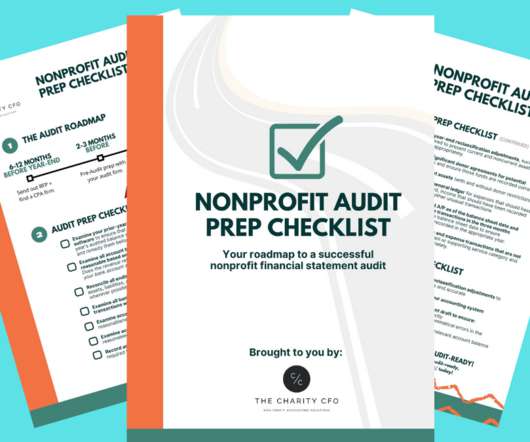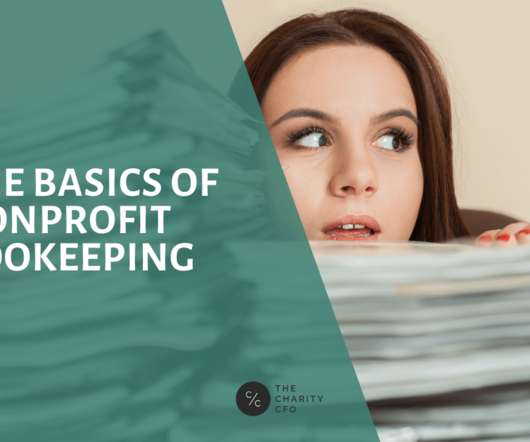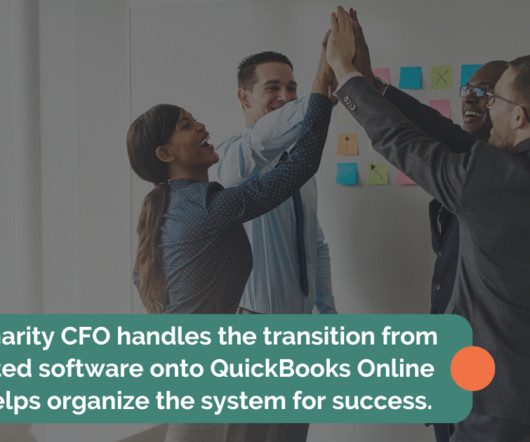Capitalising on the Fintech apps in APAC
Future CFO
AUGUST 1, 2023
This highlights the demand for financial risk management and expense tracking capabilities in financial applications to identify current risks, prioritise profitability, eliminate the paper trail, and reduce administrative effort.
















Let's personalize your content